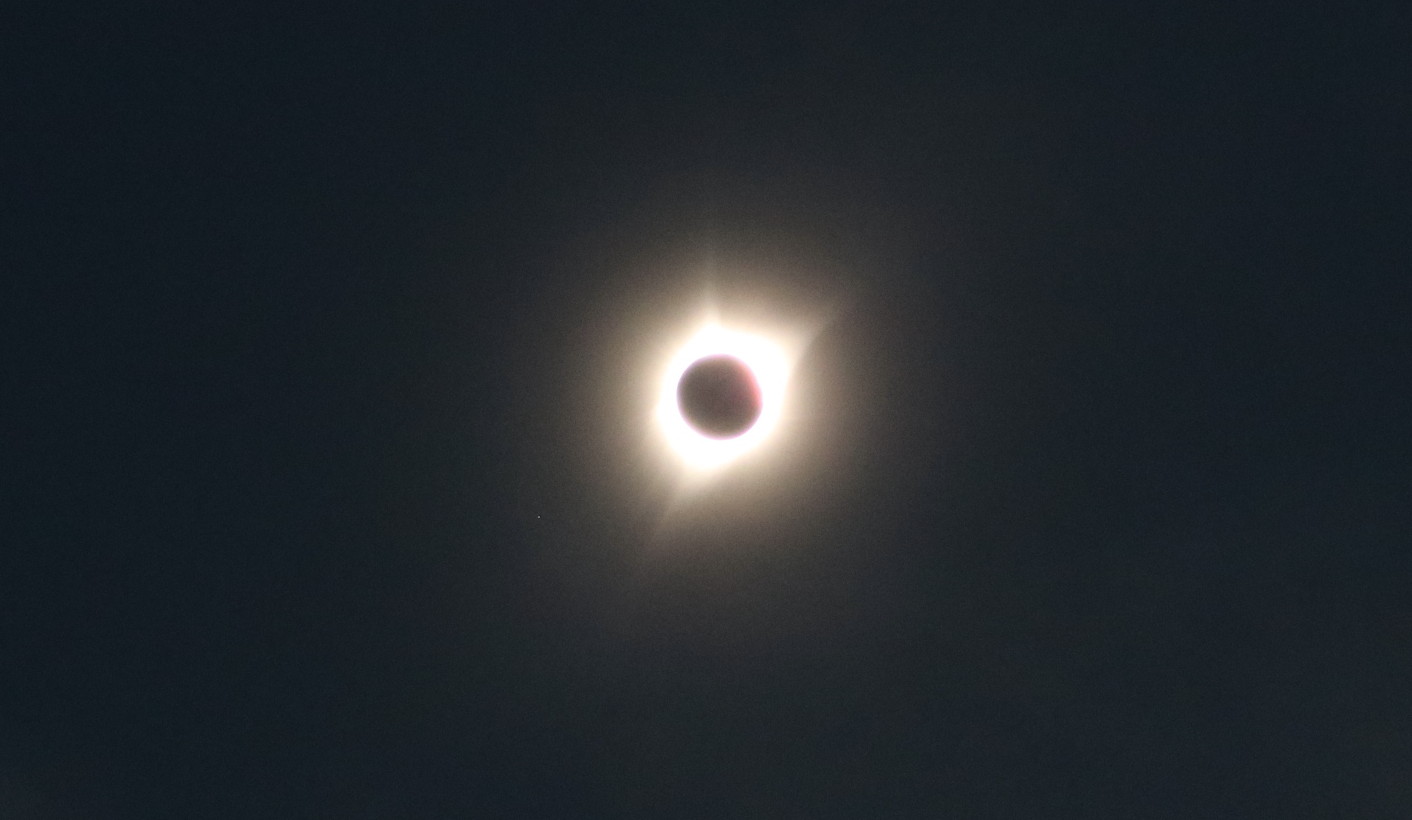Uluru and Kata Tjuta
 The big red rock in the center of Australia is the source of much interest and is of great significance to the native Aborigine culture. When I speak of the Aborigine culture, it is not as a single culture for the entire nation. The Aborigine tribes were just that, local tribes. There were four tribes that inhabited the area around Uluru, AKA Ayers Rock. Of those one tribe was the primary tribe that interacted with Uluru, the Anangu. They operate the National Park at Uluru in conjunction with the government of Northern Territories. Most of the land around Uluru and it sister rock formation Kata Tjuta, AKA the Olgas, belong to the Anangu tribe. There are sites in both locations which are sacred and are prohibited to be visited or photographed. Climbing Uluru is an activity that the Anangu ask that tourists forgo as this too is a sacred activity done only by their adult men in a special ceremony.
The big red rock in the center of Australia is the source of much interest and is of great significance to the native Aborigine culture. When I speak of the Aborigine culture, it is not as a single culture for the entire nation. The Aborigine tribes were just that, local tribes. There were four tribes that inhabited the area around Uluru, AKA Ayers Rock. Of those one tribe was the primary tribe that interacted with Uluru, the Anangu. They operate the National Park at Uluru in conjunction with the government of Northern Territories. Most of the land around Uluru and it sister rock formation Kata Tjuta, AKA the Olgas, belong to the Anangu tribe. There are sites in both locations which are sacred and are prohibited to be visited or photographed. Climbing Uluru is an activity that the Anangu ask that tourists forgo as this too is a sacred activity done only by their adult men in a special ceremony.
Visiting the park is a lesson in cultural sensitivity. Respecting the wishes of another culture is a sign of respect for the culture. It isn’t a culture that appeals to me nor is it a culture which is highly advanced. It is a remnant of an earlier age, largely based on superstition and tradition, it is not to be dismissed. These are the people who will survive when no other humans on earth will survive. Name your disaster, I’ll put my money on people who can live in the desert for centuries.
We visited Uluru and hiked the 12 kilometers all the way around the base of the rock. We did not climb Uluru out of respect for the wishes of the Anangu. It is an amazing piece of sandstone standing above the surrounding desert. It is not alone, some 40 kilometers away is it companion, Kata Tjuta. We also hiked the canyons of Kata Tjuta. Both these formations are alluvial fans from previous mountain ranges. One is sandstone, the other is conglomerate. To the geologist that means that one is formed from the fine particles, sand, that washed out of the much older mountains. The other is formed of large particles, boulders, pebbles and rocks held together by a fine mass of rock. The boulders, pebbles and rocks were washed out of a mountain range also but settled in a different kind of place. The sand formed in quiet waters and the layers can be seen in Uluru while the boulders and gravel settled out of fast moving water that carried the sand on to quieter locations. Both were buried for long periods of time and were cemented by waters containing iron and other minerals that glued everything together. The iron is evident in the red color that stains everything in this part of Australia.
To the Anangu, these spectacular formations were home. They moved from one to another as food supplies and water sources fluctuated. They made their homes here, living off the land and finding shelter and inspiration at each location. We saw caves where they lived, rested and taught their young. We saw from a distance sites that they considered sacred and we read of their stories passed down from generation to generation. They were stories that passed on lessons for living, much as Greek mythology contained lessons for life. Their gods weren’t Zeus, Jupiter or Neptune but were lizards and snakes, those creatures they knew from their experience. Just as in Greek mythology, some were good and some were evil and they battled each other. Out of the battles came lessons for life and these they passed on from generation to generation.
We enjoyed all aspects of this visit. We reveled in the geology, learned much about the life of the Anangu and marveled at the changing appearance of Uluru at sunrise and sunset and the strange domes of Kata Tjuta. I read an article recently that was written about the things you don’t take home from a trip in a suitcase. Things that add to your understanding of life from the viewpoint of other people and other cultures and we will take home many such memories to share with our friends and family.



0 Comments
Recommended Comments
There are no comments to display.
Please sign in to comment
You will be able to leave a comment after signing in
Sign In Now